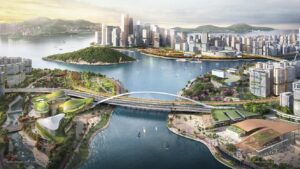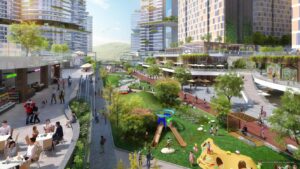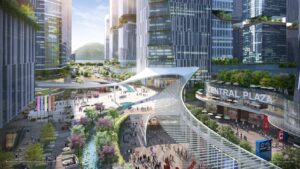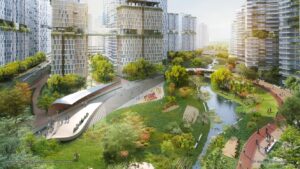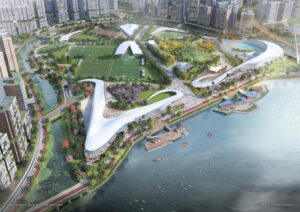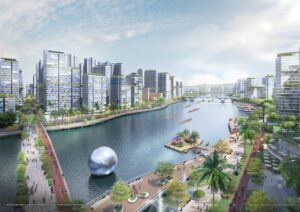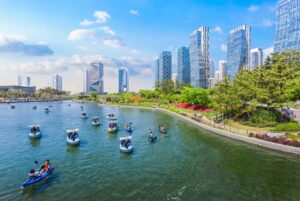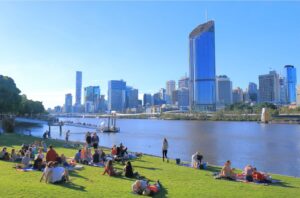Hong Kong
Kau Yi Chau Artificial Islands
Kau Yi Chau Artificial Islands Project
According to the Conceptual Spatial Framework under the final recommendations of “Hong Kong 2030+: Towards a Planning Vision and Strategy Transcending 2030” promulgated in 2021, the development of the Kau Yi Chau Artificial Islands (KYCAI), which is at a strategic position within the expanded Harbour Metropolis, can provide about 1,000 hectares (ha) of land for meeting part of the medium to long-term land requirement of Hong Kong. It is further elaborated in the 2022 Policy Address that the KYCAI will expand the scope and capacity of Hong Kong’s development and enhance Hong Kong’s competitiveness as a financial, commercial and trade centre. It also includes part of the land of the KYCAI (about 300 out of the 1,000 ha) as one of the supply sources of the 3,280 ha of developable land in the entire territory in the coming 10 years (up to Year 2032 to 2033).
In June 2021, the Civil Engineering and Development Department and the Planning Department jointly commenced a consultancy agreement “Artificial Islands in the Central Waters – Investigation” (the Study) for completion within 42 months. The scope of the Study mainly comprises a detailed planning and engineering study for the artificial islands of about 1 000 ha around Kau Yi Chau, and a feasibility study on the priority road link and priority rail link connecting the artificial islands.
It is estimated that the KYCAI are capable of accommodating a population of 500,000 to 550,000 by providing about 190,000 to 210,000 housing units, 70% of which are public housing. Besides, the KYCAI will support the development of the third Central Business District (CBD) with some 270,000 diversified employment opportunities complementing CBD1 in Central and CBD2 in Kowloon East. For more details, please refer to https://www.centralwaters.hk/en/
Reclamation Extent
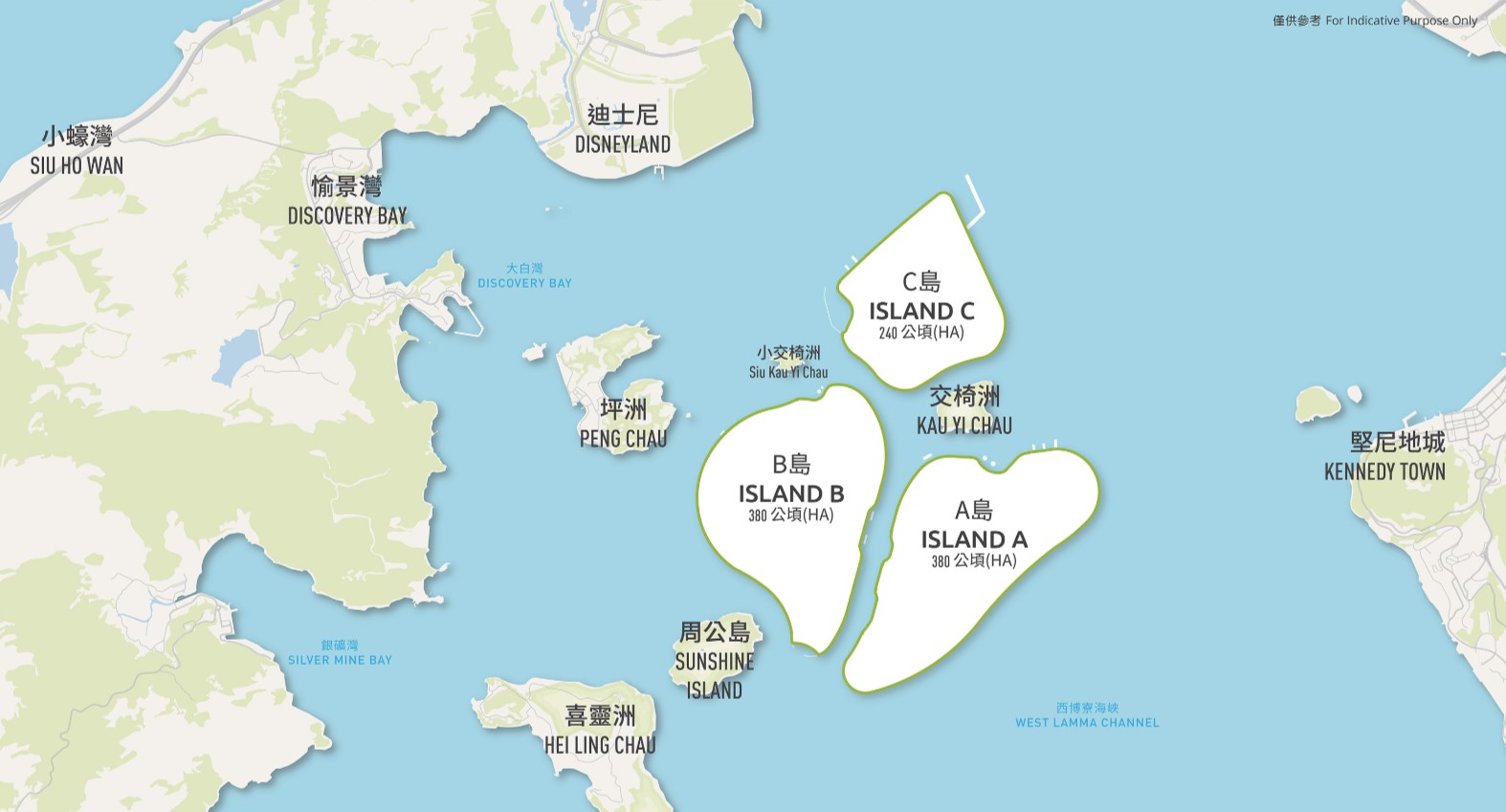
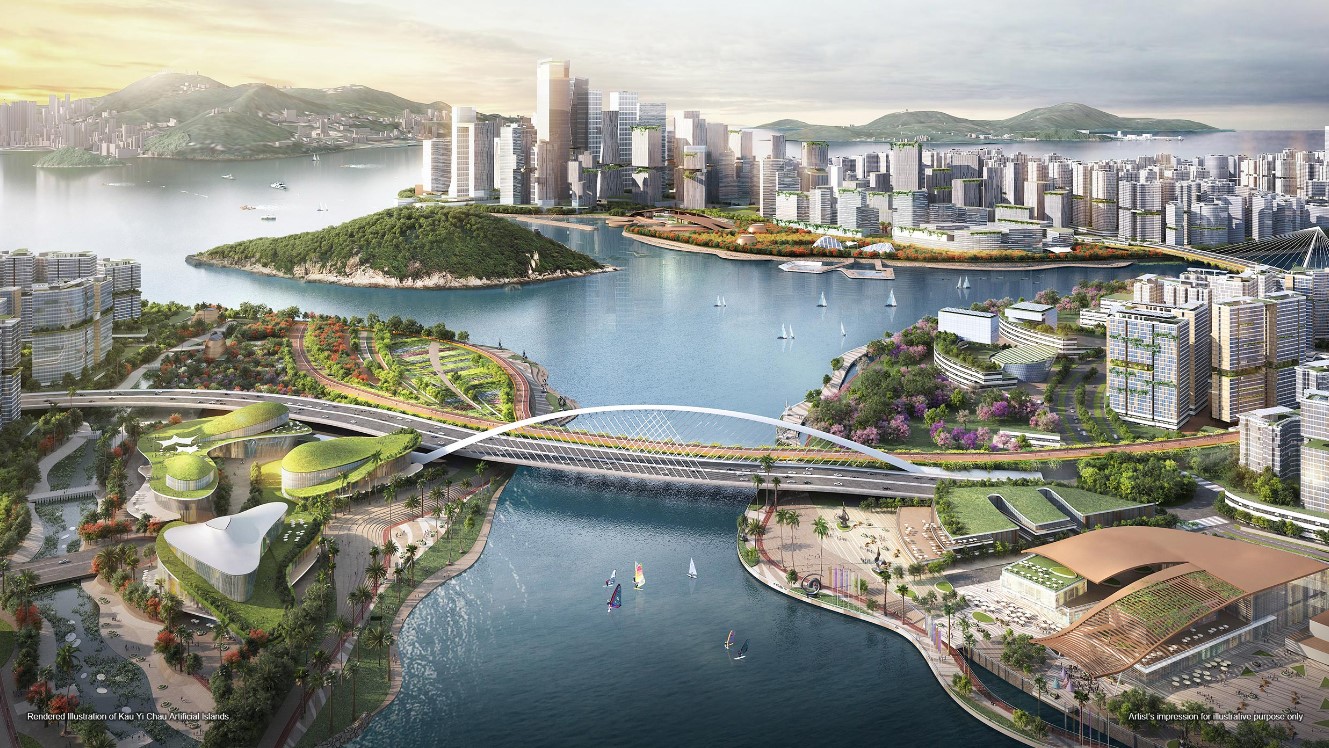
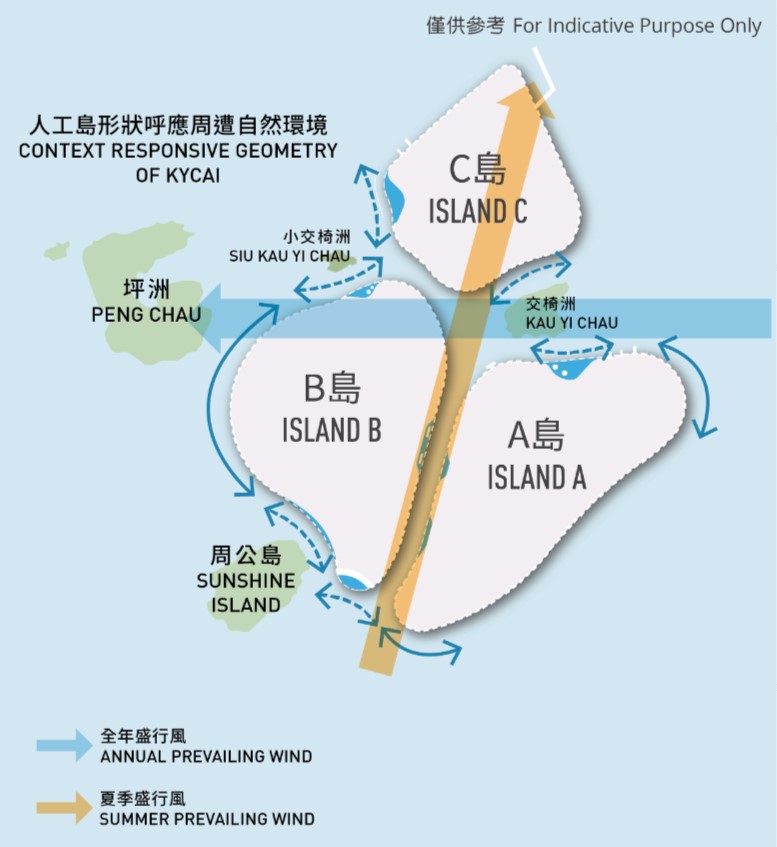
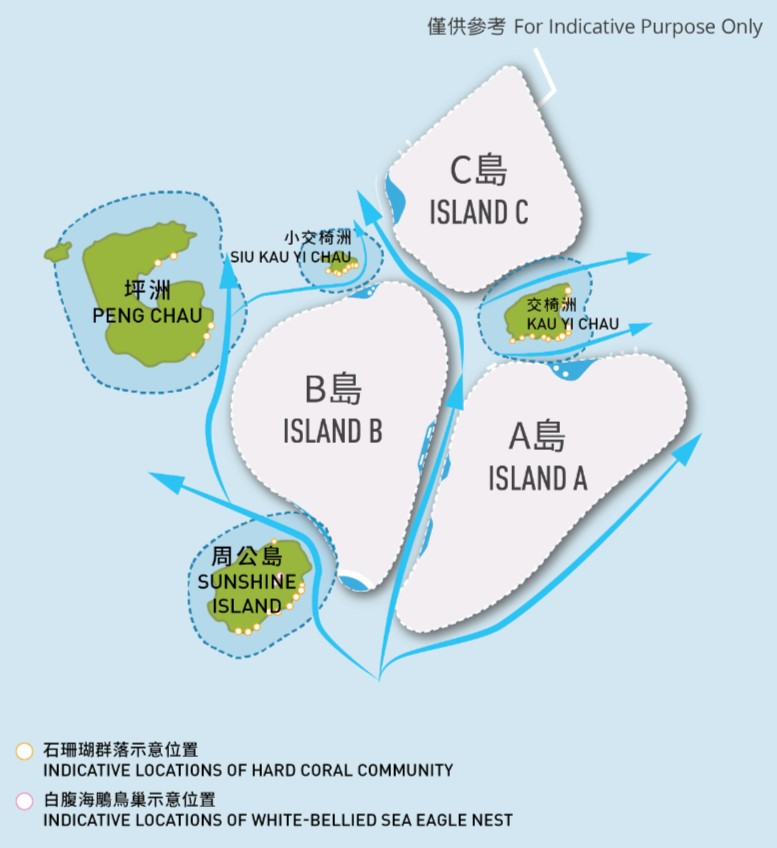
Study Overview
Study Background
According to the Conceptual Spatial Framework under the final recommendations of “Hong Kong 2030+: Towards a Planning Vision and Strategy Transcending 2030” (Hong Kong 2030+) promulgated in 2021, the development of the Kau Yi Chau Artificial Islands (KYCAI), which is at a strategic position within the expanded Harbour Metropolis, can provide about 1,000 hectares (ha) of land for meeting part of the medium to long-term land requirement of Hong Kong.
It is further elaborated in the 2022 Policy Address that the KYCAI will expand the scope and capacity of Hong Kong’s development and enhance Hong Kong’s competitiveness as a financial, commercial and trade centre. It also includes part of the land of the KYCAI (about 300 out of the 1,000 ha) as one of the supply sources of the 3,280 ha of developable land in the entire territory in the coming 10 years.
The Study on the Artificial Islands in the Central Waters commissioned by the Civil Engineering and Development Department and the Planning Department in June 2021 mainly comprises a planning and engineering study on the KYCAI and a technical feasibility study on strategic road and rail connecting the artificial islands. The Study is targeted for completion by end 2024.

